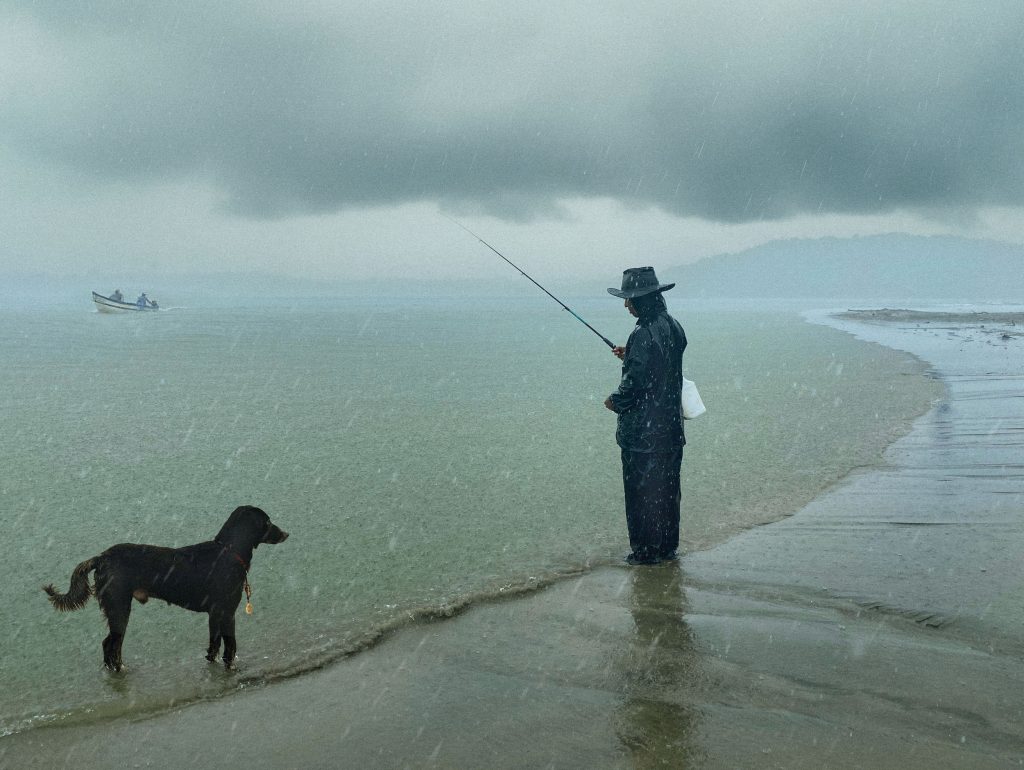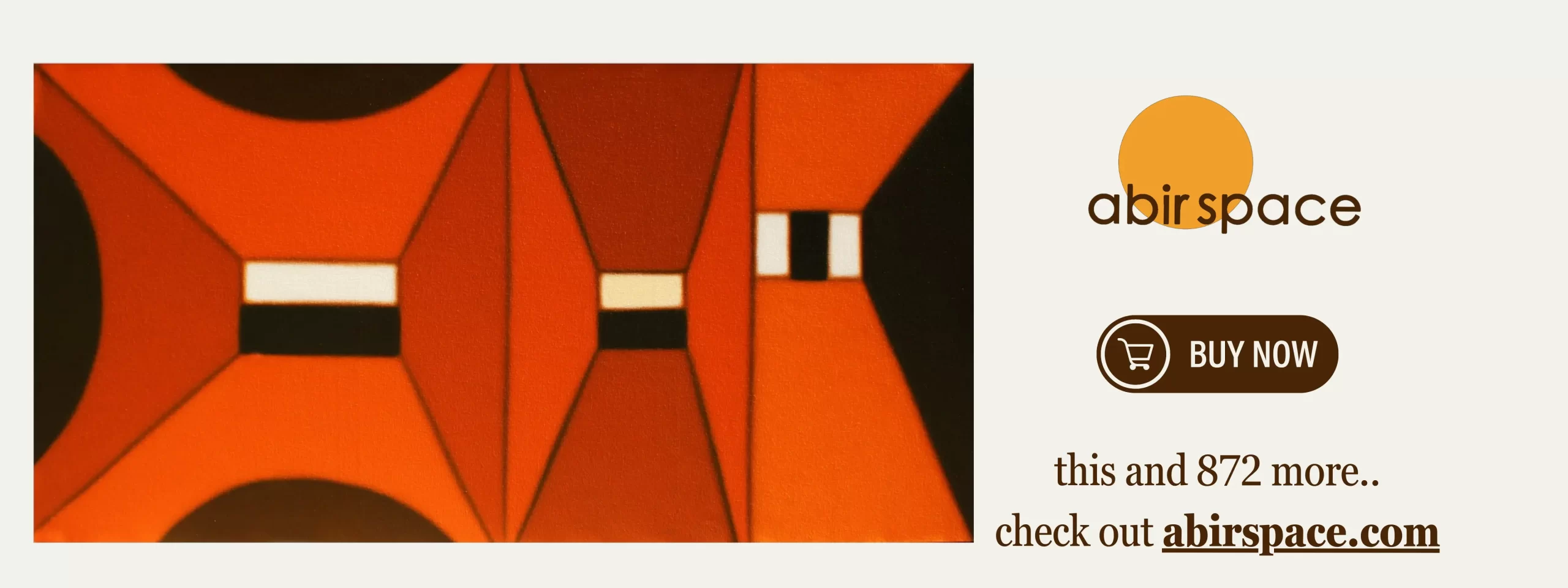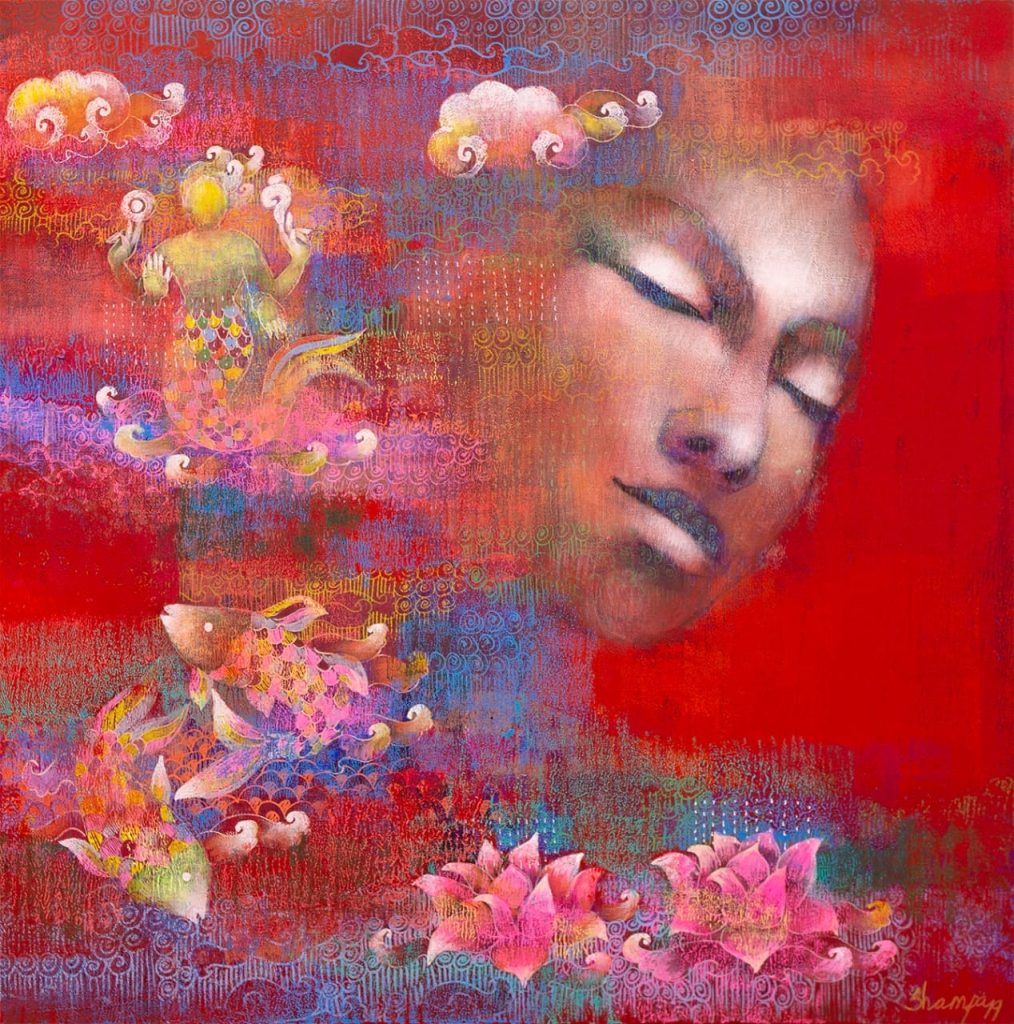When the world retreated indoors during the 2021 lockdown, acclaimed photographer Rohit Chawla found himself drawn to the storm-swept beaches of Goa, where an unlikely collaboration with the region’s stray dogs would produce some of his most introspective work to date.
The exhibition ‘Rain Dogs’ has opened at 47-A Khotachiwadi on July 4th, marking the Mumbai debut of this poignant series that transforms forgotten canines into subjects of profound beauty and meaning. Running through August 3rd, the show carries special significance as all proceeds will directly support stray dog welfare—a fitting tribute to the subjects who unknowingly became Chawla’s creative collaborators.
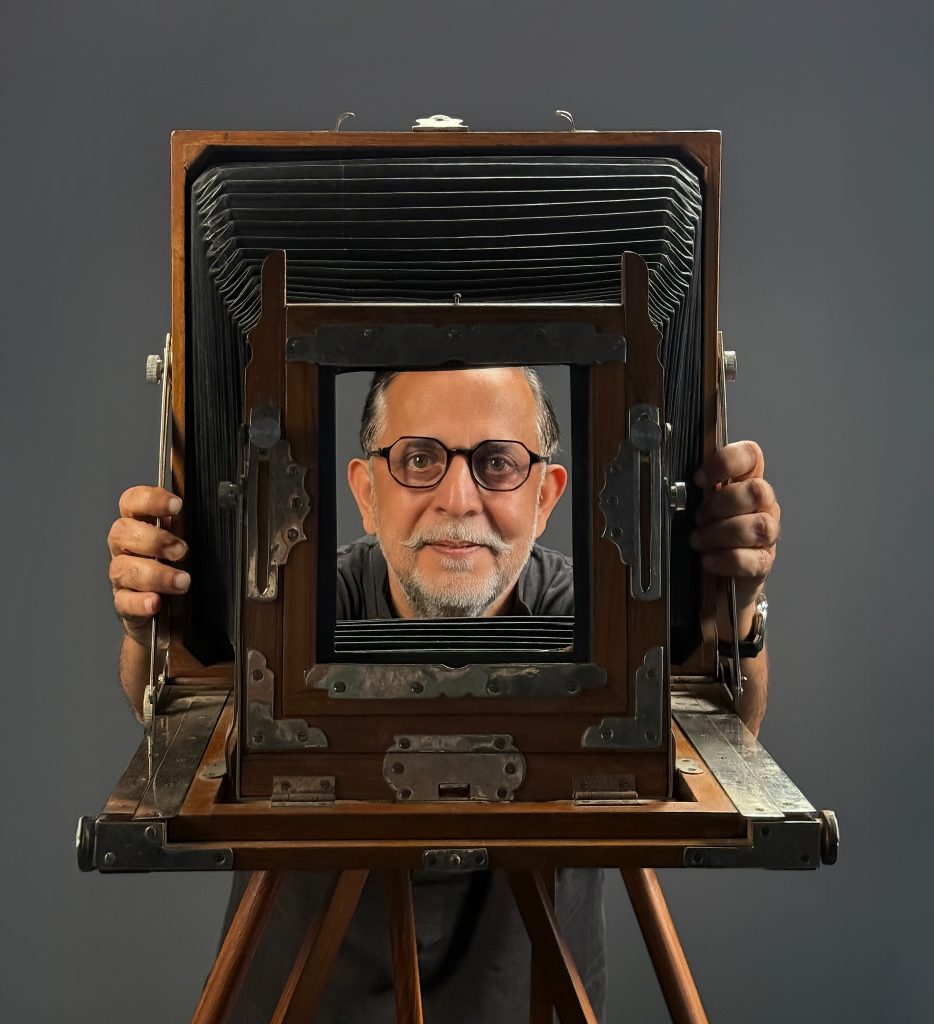
A Refuge in Chaos
The genesis of ‘Rain Dogs’ emerged from personal necessity rather than artistic intention. With travel restrictions confining one of India’s most peripatetic photographers, Chawla found himself struggling to adapt to sudden stillness. His solution was characteristically unconventional: convincing Hotel La Amore at Ashwem beach to provide him a sea-facing room, despite the property’s shutdown status.
“I was unaccustomed to the feeling,” Chawla reflects on those early pandemic days. “I’d been photographing people for forty years and travelling was the only constant I knew.” The photographer, who had spent nearly two decades as national film chief and creative director at JWT before establishing his own production company, discovered that his usual subjects—people—were suddenly out of reach.
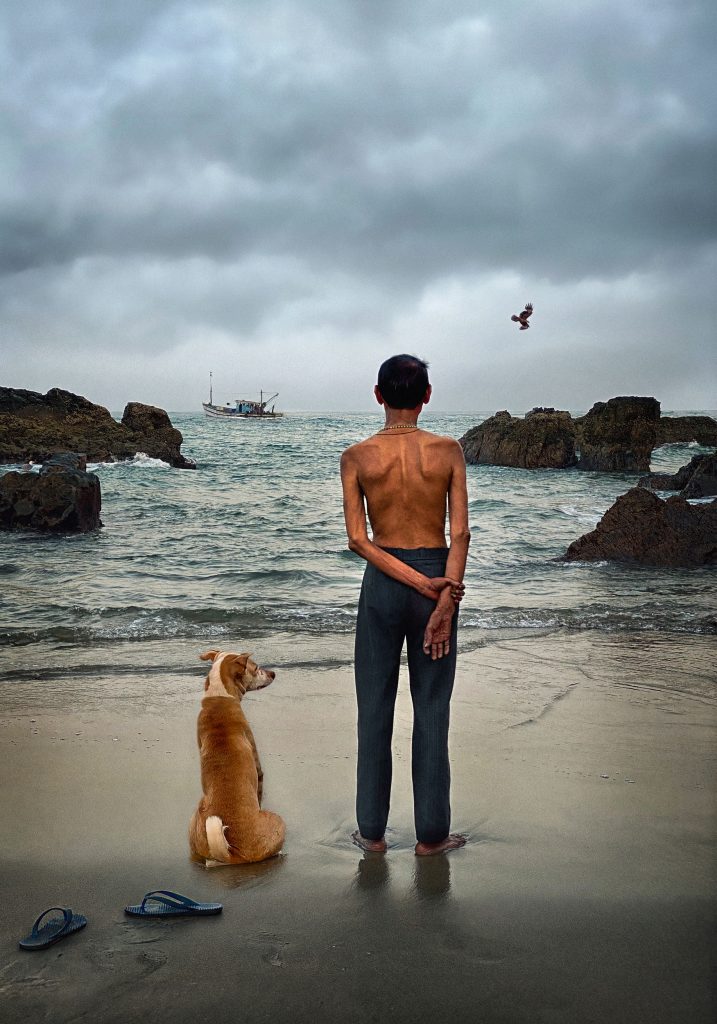
What began as daily 20-kilometer fitness walks along abandoned beaches evolved into something far more significant. The stray dogs that followed him, perhaps hoping for sustenance in a world suddenly devoid of tourists and their discarded meals, became unwitting muses for what would become his most contemplative body of work.
Beyond Documentation
Unlike Chawla’s extensive portfolio—which includes over 400 magazine covers for India Today Group and Open magazine, plus recent award-winning work that earned India its first Industry Craft Gold Lion at Cannes in 2023—’Rain Dogs’ operates on a different frequency entirely. The series strips away the controlled environments and collaborative dynamics that typically define his practice.
“Unlike my human subjects, I couldn’t manipulate or coax the dogs to do my bidding, couldn’t predict the moods of the monsoon or the sea’s erratic behaviour,” Chawla explains. This loss of control became liberating, forcing him to work within nature’s parameters while his equipment succumbed to Goa’s relentless moisture.
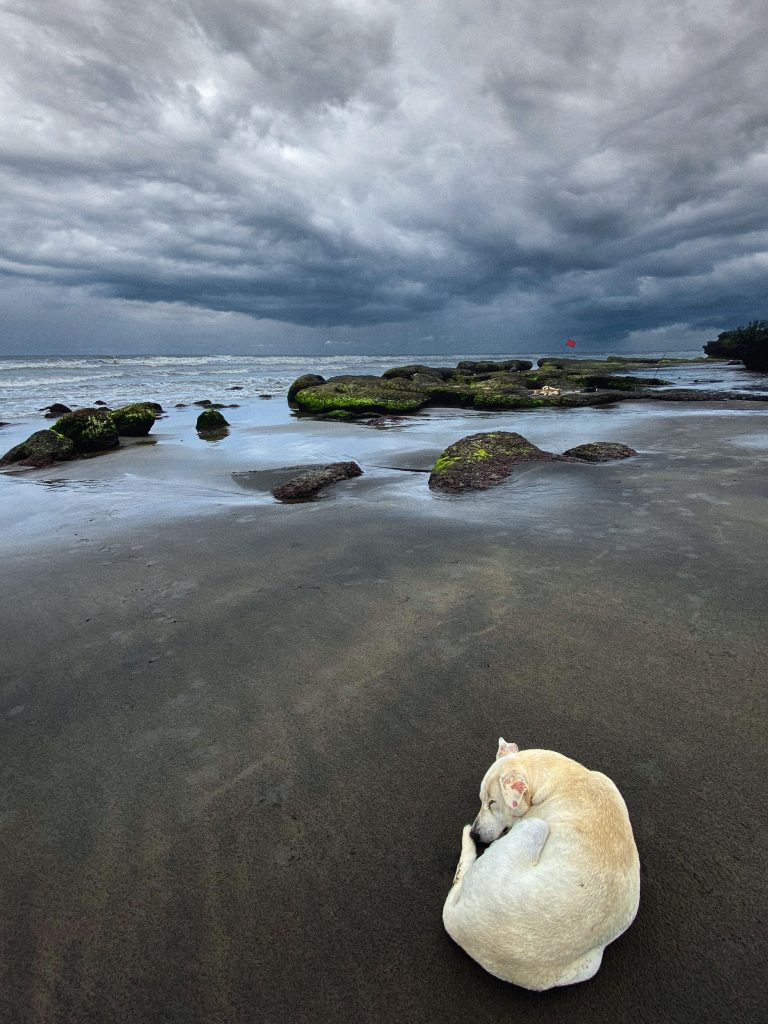
The photographer’s trademark graphic minimalism found new expression in these circumstances. The desolation of empty beaches, punctuated by the dignity of abandoned animals against monsoon backdrops, created what he describes as his “poetry of choice.” Each frame became an exercise in subtraction—his longstanding design philosophy applied to circumstances that demanded nothing but patient observation.
The Larger Canvas
Three years elapsed before Chawla recognized the broader narrative embedded within these images. What initially served as a framework for processing his own vulnerability during an unprecedented global crisis had evolved into something unexpectedly political. The photographer’s realization that these images “told a story bigger than I had intended” speaks to art’s capacity to reveal meanings that transcend their creator’s immediate intentions.
The exhibition title ‘Rain Dogs’ suggests both the meteorological drama that shaped these photographs and the almost mystical quality of the connection formed between photographer and subjects. In a period when human contact became fraught with danger, these animals provided a form of communion that required no words or explanations.
For Chawla, whose previous solo exhibitions span from ‘Wanderlust’ to ‘Banned Books’ (2024), this series represents perhaps his most personal statement. The photographer, who divides his time between Goa and Delhi while maintaining his editorial and advertising practice, found in these forgotten dogs a mirror for broader questions about abandonment, resilience, and the unexpected sources of grace that emerge during crisis.
A Living Legacy
The decision to donate all exhibition proceeds to stray dog welfare transforms ‘Rain Dogs’ from artistic statement into active advocacy. This gesture acknowledges the debt Chawla feels to his subjects—beings who, in their own struggle for survival, unknowingly provided him with creative salvation.
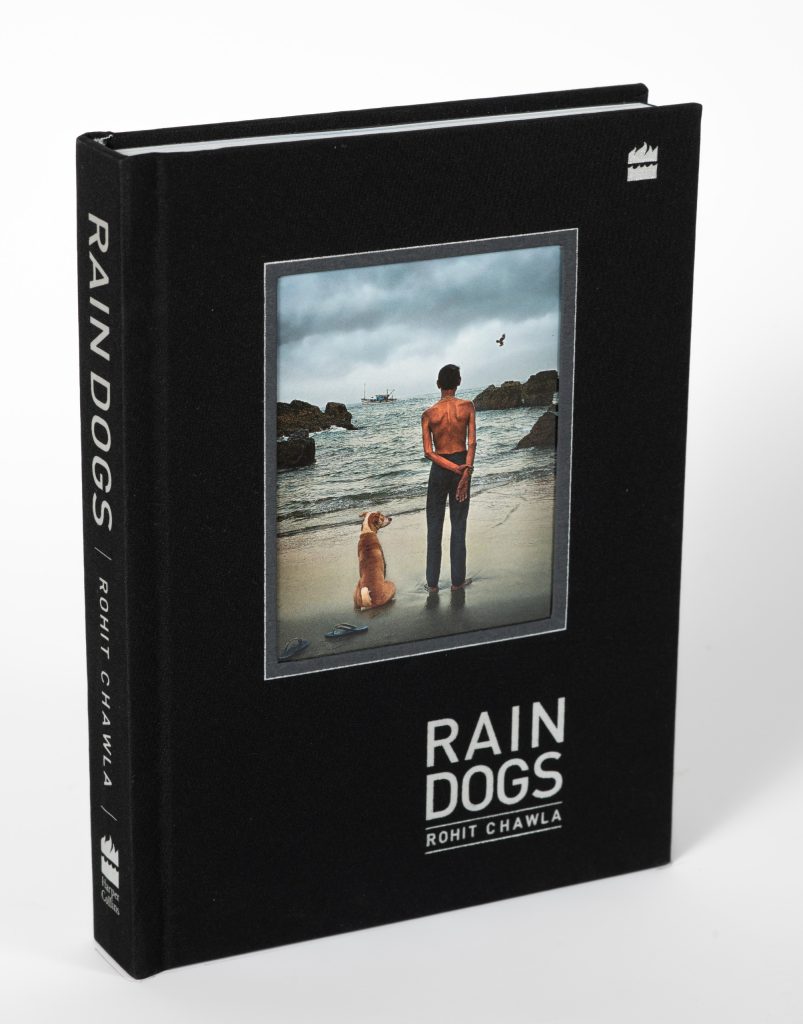
All images are courtesy of Rohit Chawla
Contributor

